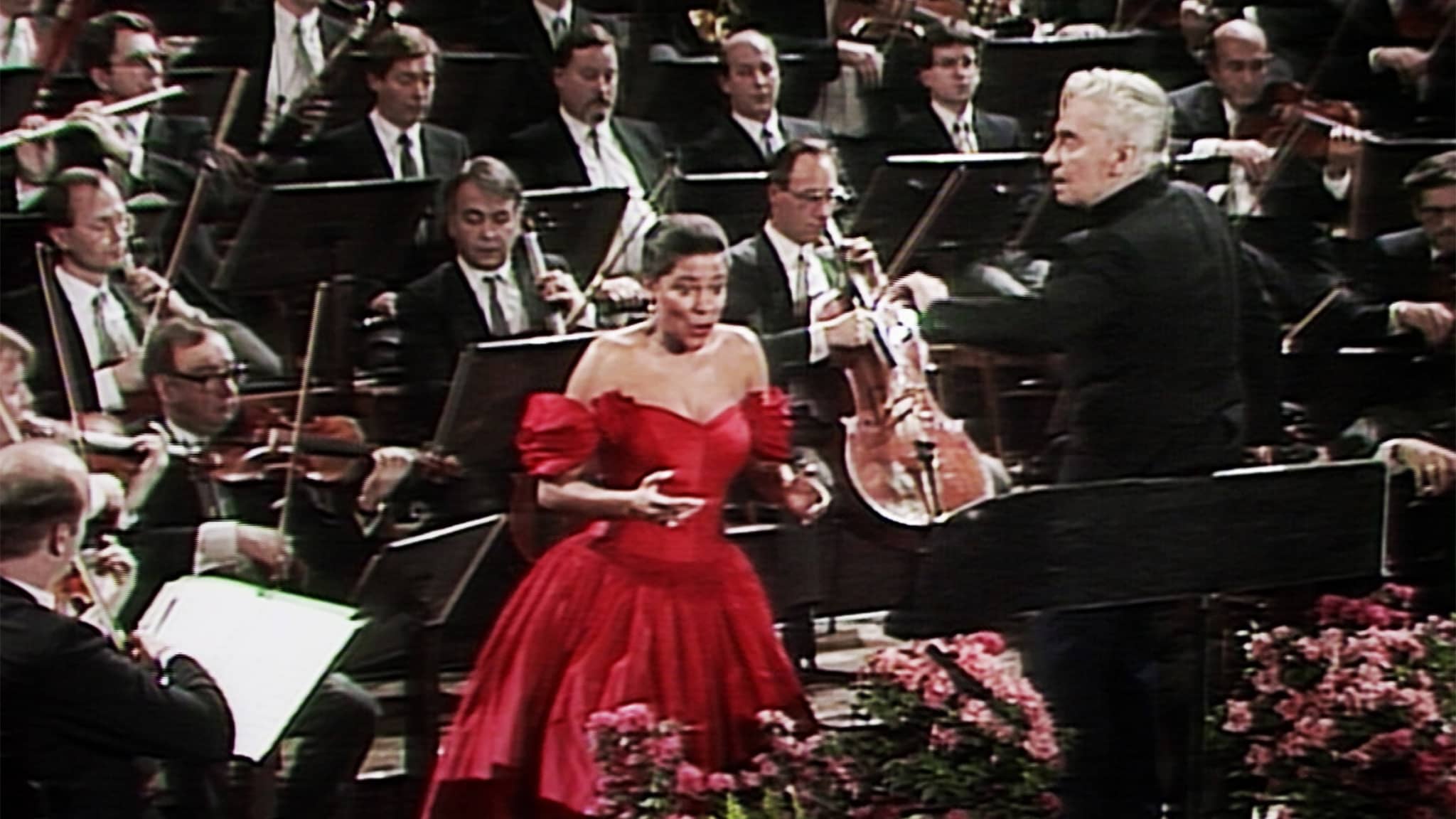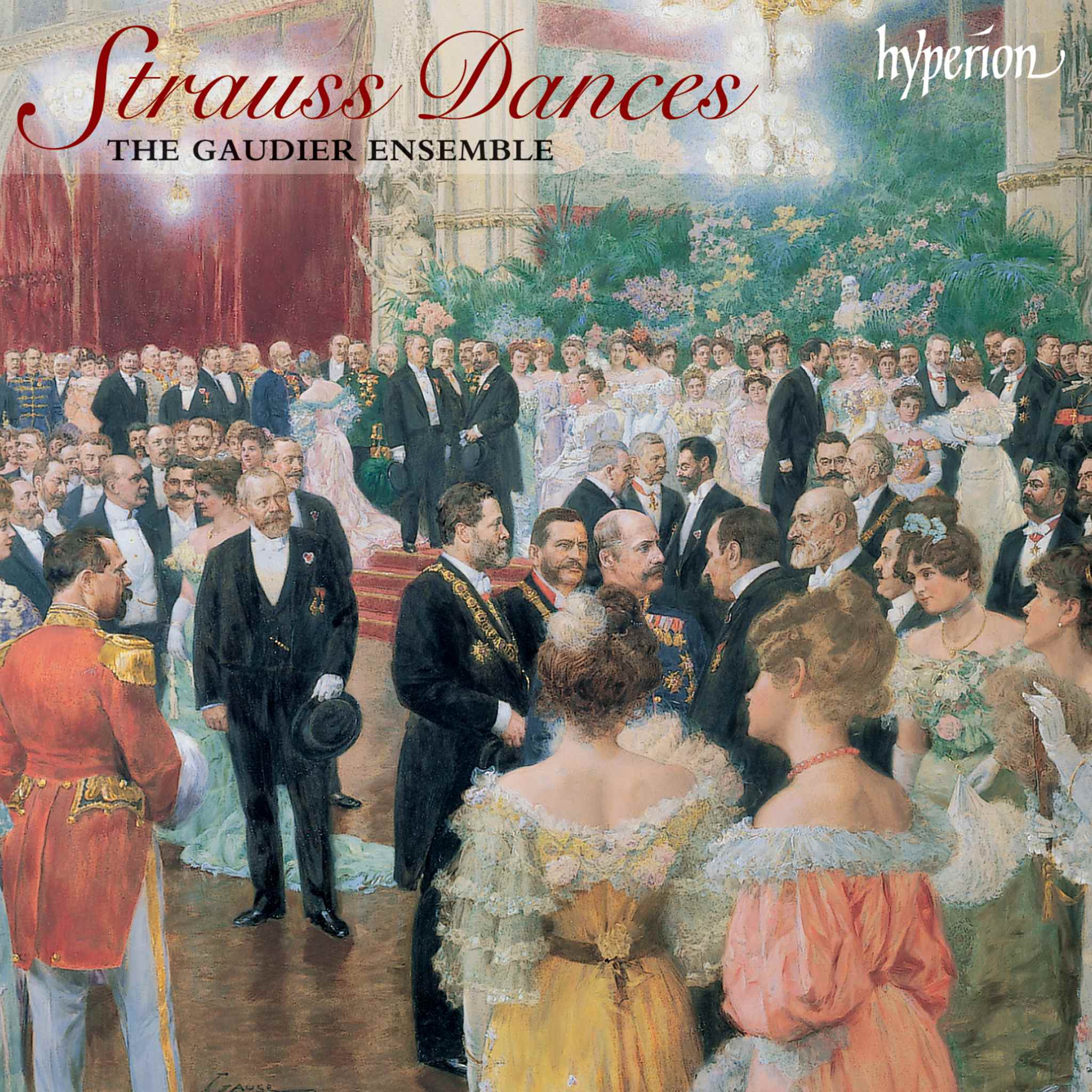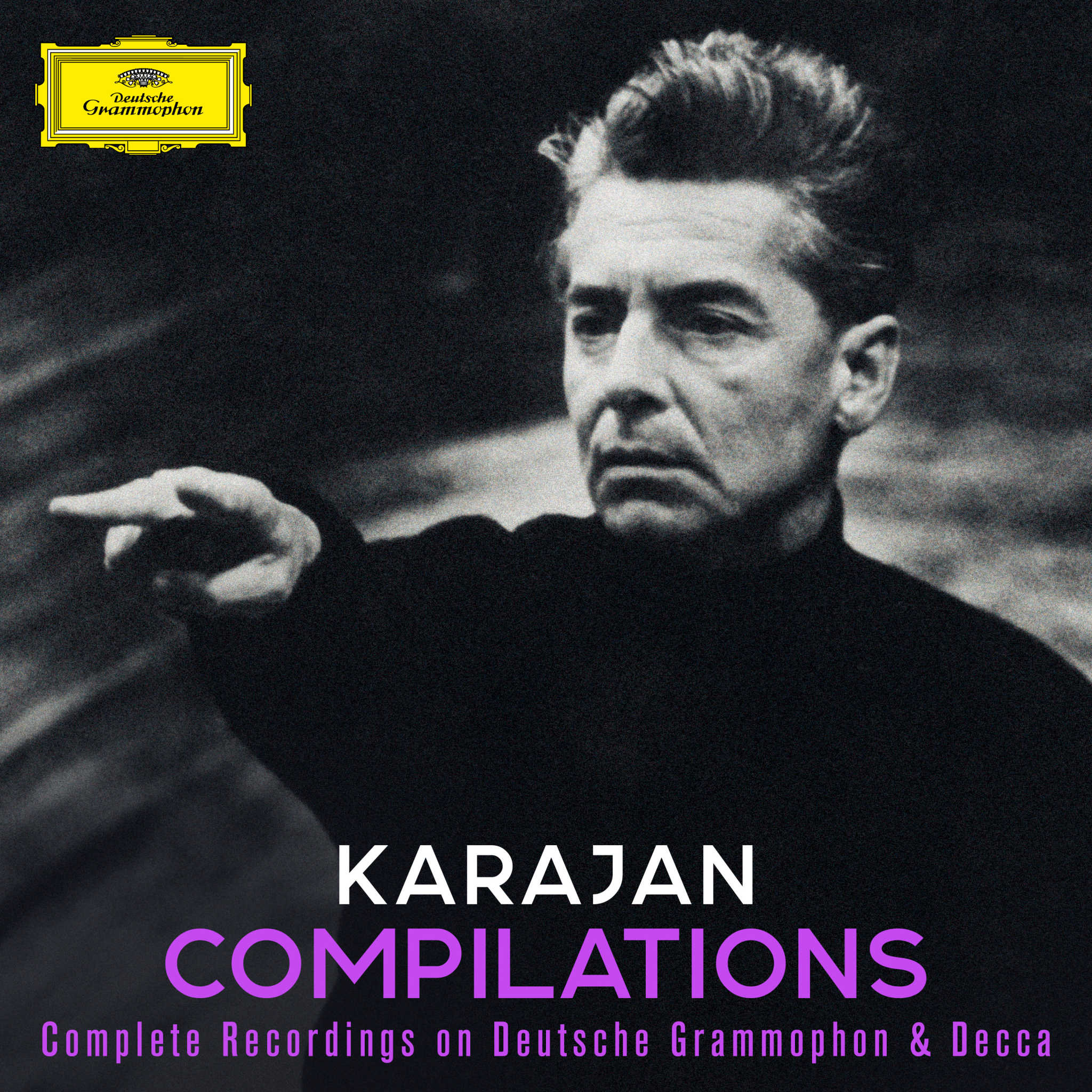Concerts and Operas
Appears On
AboutJohann Strauss I

The Viennese Strauss family exemplifies a culture of sophisticated dance and entertainment music. Johann Strauss (Sr.) (*March 14, 1804, Vienna; † September 25, 1849, ibid.) initially worked as a trained violist in Joseph Lanner's quartet and orchestra. At 21, he founded his first dance ensemble, with which he undertook extensive concert tours throughout Europe starting in 1833. Two years later, he was appointed Imperial and Royal Court Ball Music Director in Vienna and was able to test many of his works before an audience until his early death. Johann Strauss (Sr.) wrote over 250 compositions, including 150 waltzes, 34 quadrilles, 28 gallops, 16 marches, and 14 polkas. His most famous piece became the "Radetzky March, Op. 228."
Johann Strauss (Sr.) had three sons, Eduard, Johann (Jr.), and Josef, all of whom also became active as composers. The most independent among them was Johann Strauss (Jr.) (*October 25, 1825, Vienna; † June 3, 1899, ibid.). He secretly trained as a musician, founded his own orchestra in 1844 following his father's example, and quickly rose to become the "Waltz King" of the pleasure-seeking Imperial and Royal society after the death of the family patriarch.
Johann Strauss (Jr.) also directed the Viennese Court Balls for a time (1863–70), and as a composer, he created around 170 waltzes and evergreens such as "On the Beautiful Blue Danube, Op. 314" (1867), "Tales from the Vienna Woods, Op. 325" (1868), and "Viennese Blood, Op. 354" (1873). Spurred on by the competition with Jacques Offenbach, he turned to operetta and composed two masterpieces of the genre, "Die Fledermaus" (1874) and "Der Zigeunerbaron" (1885). The works of the Strauss family remain among the most beloved melodies of classical entertainment music and are celebrated internationally every year with the New Year's Concert of the Vienna Philharmonic.











